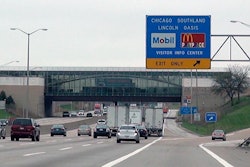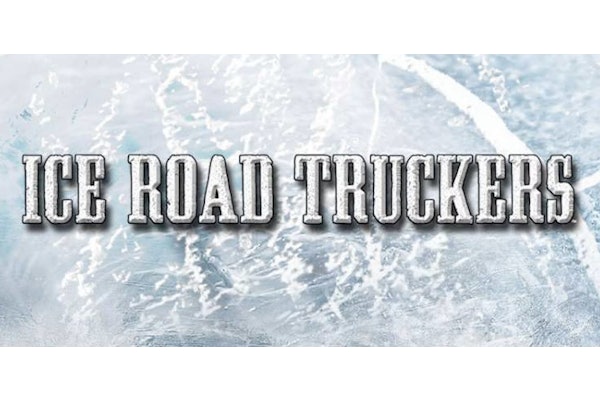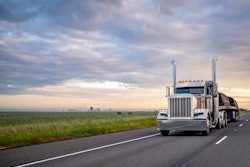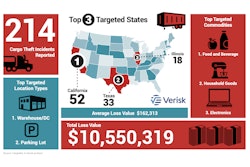
The Iowa Motor Truck Association sent a letter to members following an incident May 31 c in which a tanker driver inadvertently drove into a crowd of hundreds of protesters on I-35 West in Minneapolis. on May 31. The association offered tips on what drivers ought to do if the]y find themselves in similar situations.
“Do whatever necessary to change directions and get out of the area,” IMTA said. “If you are alert, you should be able to see these masses of people far enough in advance that you can act before being surrounded.”
If avoidance isn’t possible, however, IMTA offered several tips that carriers can share with drivers to keep themselves safe:
- Keep your doors locked and take your seat belt off if you think you might be attacked. If your doors don’t automatically lock, get in the habit of doing it manually – especially the passenger side door. If you encounter a situation where you could be under attack, remove your seat belt before being attacked so you can exit the truck more quickly if you have to. “It’s [better] to take your chances on foot than be trapped inside,” IMTA said.
- If you have time, crack your windows and turn off the ventilation system. Windows that are down approximately a half inch are harder to break than a window that is tightly closed, IMTA said. Turn off your ventilation system to prevent smoke or teargas in the air from getting into your cab.
- Beware of other forms of roadblocks. IMTA said protesters and rioters can make their own makeshift roadblocks with stolen cars parked to block a roadway, causing other drivers to stop.
- Keep your dashcam on. Information recorded on your dashcam could help law enforcement if anything goes wrong. It can also help you for insurance purposes.
- Call ahead to customers. A quick phone call to a customer in an area suspected of having protests can help in knowing what to do and where to go.
- If hauling hazmat, call 911 immediately. Be prepared to identify your location and to tell first responders what you are transporting. This can help law enforcement protect you and everyone in the vicinity of the hazardous materials.









